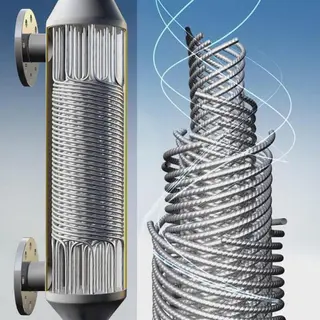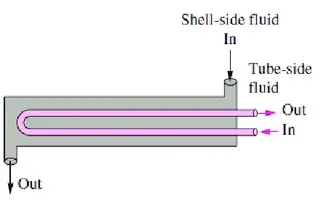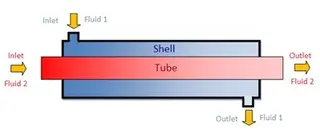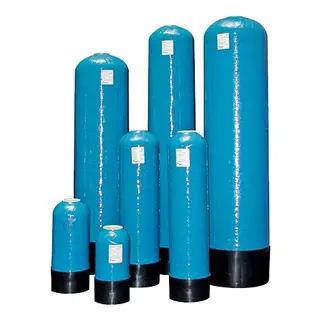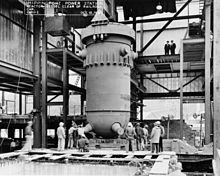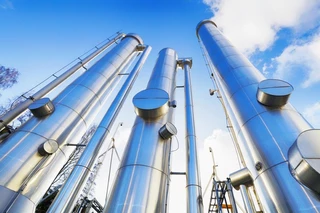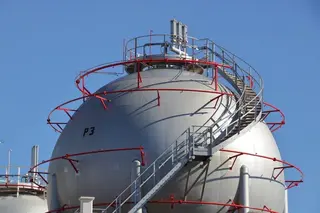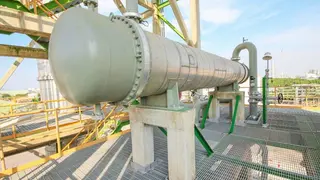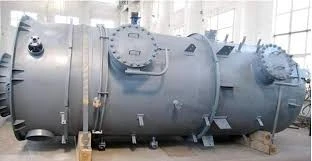Queries Regarding Heat Transfer in Fluids and Classification of Heat Exchangers
1. If the hot fluid is inside the tube while the cold fluid is outside, how do the two fluid transfer heat through the wall? It includes the following three processes: (1) Heat is transferred to the tube wall by heat fluid convection; (2) Heat from the inner wall surface is transferred to the outer wall by heat conduction; (3) Heat from the outer wall surface is transferred to the cold fluid by convection. 2. What are the requirements for...


